How to Lower Your Costs for Owning and Operating Heavy Equipment
The costs of owning construction equipment can add up quickly. From regular service and maintenance to fuel and planning how best to utilize each asset, successfully using heavy machines is not always simple or cheap. We developed some ideas that could help lower your costs and put together several tips and best practices that will help you reduce your equipment expenses.
Use telematics
Equipment telematics give you a real time view into the health and status of your machine. They will let you know when service is needed, how efficiently a machine is being operated, how much it’s idling, and other useful information for fleet management. Plus, the data collected by your telematics system will tell you how efficiently your equipment is being used, so you can monitor idling time. If one of your jobs needs a wheel loader that isn’t currently on-site, you can locate a machine in your yard or one that’s sitting on another jobsite not being used by relying on telematics.
Avoid excessive idling
Many machines will spend 40% – 60% of their time on a jobsite just idling, wasting fuel and increasing your operating expenses. Monitoring and cutting back on extra idling across your entire fleet can significantly reduce your costs. Telematics identify periods where machines can be turned off, rather than idle. You can also see which operators are idling more than others and look into why that’s happening.
Purchase remanufactured parts instead of new
One of the best ways to reduce your owning and operating expenses is to purchase remanufactured parts, instead of new ones. They are rebuilt to OEM specifications and can cost up to 45% less than brand new components. At Ascendum, our remanufactured parts are completely disassembled, cleaned, inspected, re-engineered, rebuilt with new components, and tested to ensure OEM standards are met.
Implement a planned maintenance contract
A planned maintenance contract will ensure that important service work is completed at the intervals recommended by the manufacturer. Following a maintenance schedule will help protect you from the expense of total equipment failures and associated downtime. With most planned maintenance contracts, technicians can visit your jobsite to complete maintenance during planned downtime.
Inspect your machines daily
Checking your equipment at least every 10 hours will help you recognize issues and avoid costly repairs. These inspections should include the following:
- Check for excessive dirt & debris that may be combustible or prevent system cooling
- Check for fluid leaks to prevent system failures
- Check all fluid levels
- Check the fuel water separator, and drain any water in the filter housing
- Grease all fittings to avoid premature pin and bushing wear
- Clean out the undercarriage to prevent premature wear
- Check the track adjustment to prevent power loss, excessive roller and idler wear, and tearing of tracks
If you have any questions about lowering your heavy equipment owning and operating costs, contact the Ascendum team today!









